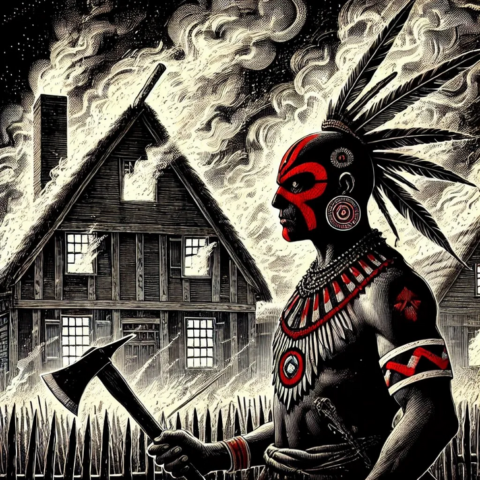The conversational tone of the perpetually online cohort — called “Millennial Snot” by Dudley Newright in a guest post at The Upheaval — has Freddie deBoer nodding in agreement:
This piece at The Upheaval is useful. Though I think the turn towards explicit partisan politics at the end goes badly wrong, it’s very perceptive and correct when it comes to its object of interest, “Millennial snot”, an important concept and appropriate term. Though there are many examples offered in the piece, you already know what Millennial snot is. It’s some overeducated shithead with an email job saying “Uh, I’ve unpacked the privilege knapsack in intersectional space, OK sweetie? Get on my level.” “Whoa, did you just say ‘handicapped’? That’s a big yikes, chief.” It’s a form of engagement, quintessentially Millennial, that’s defined by a combination of self-righteous liberal politics, out-of-date internet lingo, terms from university humanities departments that have become mimetic in the past decade, and a performative, shit-eating quality of being perpetually amused with oneself. Anyone who was on Twitter between 2012 and 2022 or so knows Millennial snot. It’s fake courage as meme, a rehearsed facsimile of self-confidence deployed by people who’ll never know the real thing.
Writer Dudley Newright invokes Tom Scocca’s famous “On Smarm” essay, which is a useful reference. Scocca is far too sharp and well-spoken to engage in Millennial snot, but his essay helped contribute to a permission structure for congenitally not-witty people to engage in what they thought was wit. Scocca’s essay counterposed smarm against snark, presumably because Gawker was constantly accused of popularizing the latter; he defended the value of blank meanness and universal sarcasm as the antidote to false, sunny positivity that exists to foreclose on criticism. Scocca’s piece was a sensation among his Twitterati peers, which is unsurprising given that it was ultimately an essay in defense of being deliberately unhappy and they were all unhappy people. The whole debate looks rather funny to me, in hindsight, a battle royale between a couple of meaningless abstractions that provoked a lot of trivial people to man the imaginary battlements. The week that Gawker published Scocca’s essay, they had been running post after post about “Batkid“, a charming little fellow with cancer who was given a Make a Wish-style experience that Nick Denton’s crew lustily wrung some clicks out of — that is, textbook smarm. Commerce!
Anyway, part of the basic confusion of that little cultural moment was to suppose that snark (reflexive, dismissive negativity) and smarm (treacly positivity in which power might hide) were antonyms. But Millennial snot demonstrates that they were always kissing cousins, easily integrated, two complementary spices begging to be added to the same chowder. Millennial snot is smarmy in that it depends on the speaker’s certainty that they are the good, righteous being in every exchange, and it is snarky in that it operates under a logic of being limitlessly disaffected, an asserted perpetual superiority that’s always believed to be apparent to everyone. It’s a simulation of being witty and cutting the way people are in movies, impressed with the self and literally nothing else, like asking ChatGPT to make you into the cool kid at the back of the class that you’ve always longed to be. Millennial snot so easily integrates two supposedly opposed approaches to communicative integrity because it’s the vocabulary of people who have no particular interest in integrity. They simply want to feel powerful, if however briefly, if only in insincere and meaningless online exchanges.
“Imagine not knowing that I’m a tenure-track professor in Problematic Studies. Not a good look. Read some bell hooks and get on my level.”
The purveyors of Millennial snot attempt to fool themselves and the world about their level of self-belief with two primary tools: one, through embracing the preening sanctimony of contemporary left politics, acting as though they simply are the campaigns against racism or injustice or need, themselves, expressed of course in an obfuscatory academic vocabulary; two, through the language of droll disdain that has become the default idiom of the 21st century as insecurity has become the universal marinade of American elite life. It’s the fusion of modern progressivism’s self-celebratory nature, the discourse norms of our most overeducated age cohort, and the reflexive retreat into triviality as a self-defense strategy. It’s an inescapable style of online engagement even though the heyday of this way of talking is now firmly in the past, just like the heyday of the Millennials who popularized it. It’s the idiom of a failed generation, the unconvincing puffery of millions of unhappy front-of-class kids who have spent their adulthoods expecting the pure beauty of their creative souls to someday be rewarded with fame and riches, somehow, just like Orson Welles giving Kermit and the rest of the Muppets the standard rich and famous contract. It floats the ineradicable belief that success is just around the corner, exactly the way it seemed to be when they wore jumpsuits to warehouse parties in 2005.
I’m not a fan.






